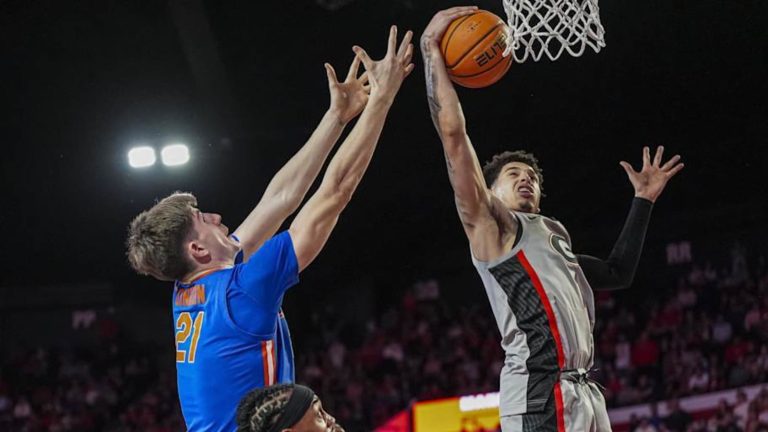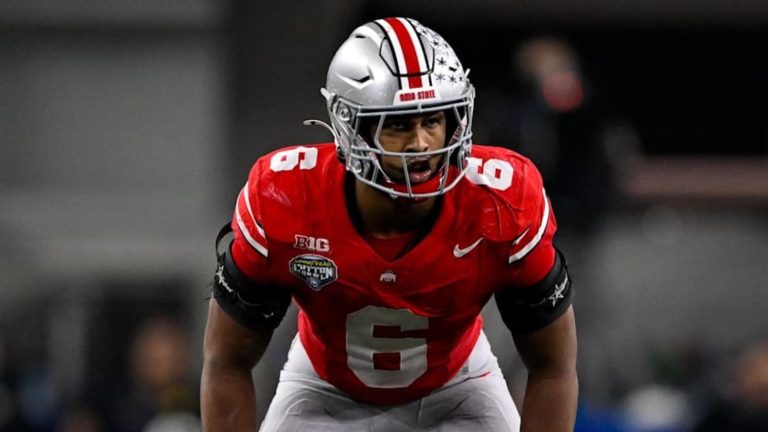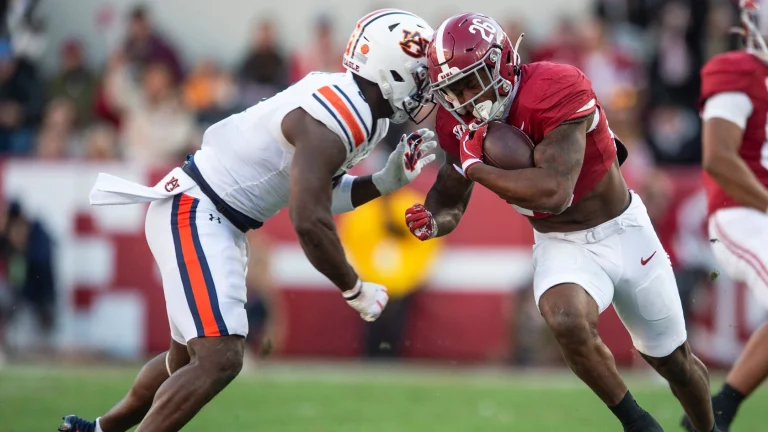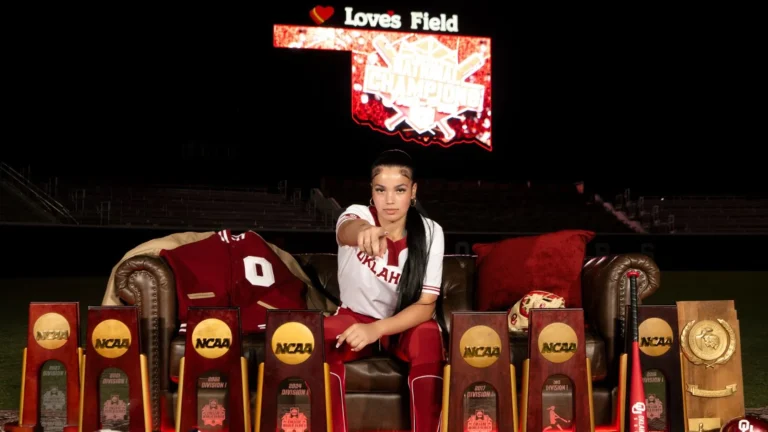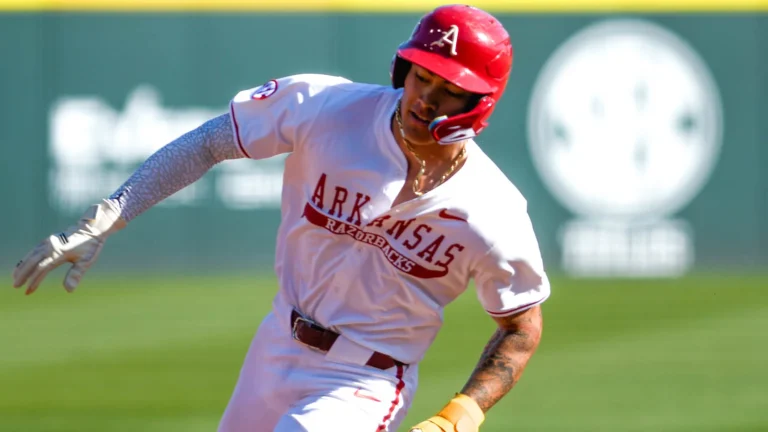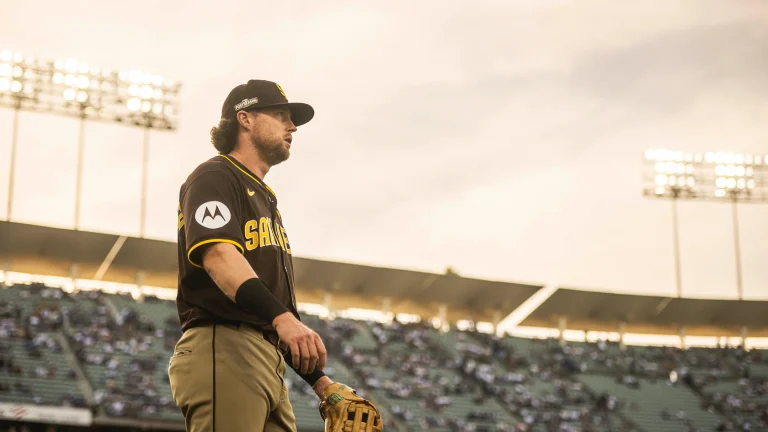3 biggest trade chips for the Mariners entering spring training
While the window to sign big-name free agents has essentially closed, that doesn’t mean the Seattle Mariners can’t still make significant changes to their roster. If they want to meaningfully improve as a team, they’ll likely have to make a trade and lean on their current positions of depth.
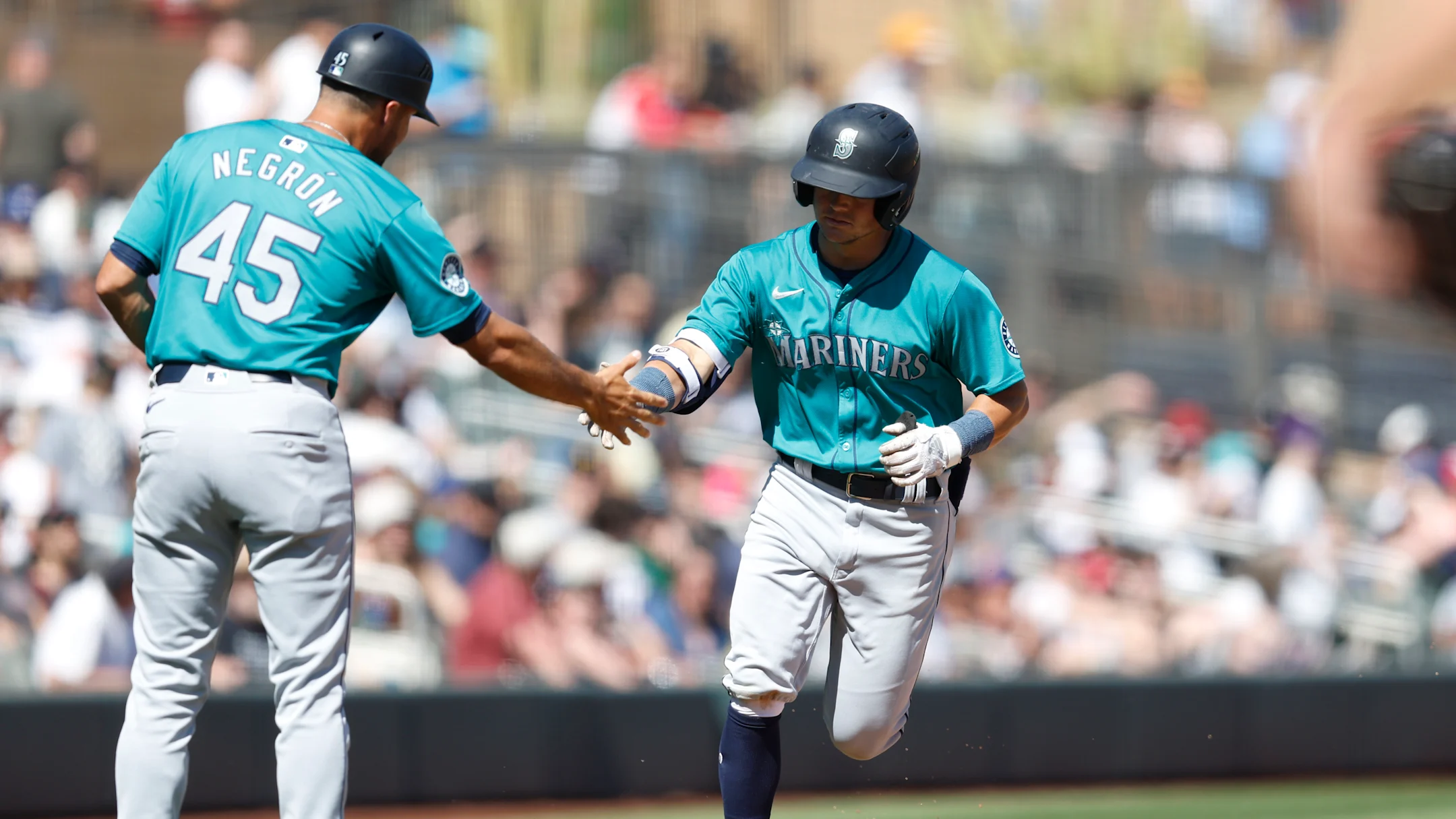
Fans have been calling for such an approach this offseason after it became evident spending wasn’t going to increase. But all anybody’s endured since then has been comments from the organization suggesting they’re content with the current squad heading into 2025.
But we can’t rule out a trade until Opening Day arrives. So with spring training here, who are some names that could still be moved?
3 biggest trade chips for the Mariners entering spring training
SP Luis Castillo
Castillo was the talk of the town for the entire offseason, but the front office has seemingly decided to keep him around, at least for now. However, the benefits of sending him away would be clear. He has a proven ability to lead nearly any major league rotation and possesses outstanding durability and strong run prevention — two traits rarely found in tandem these days. Over his three seasons with Seattle, he has thrown 473 2/3 innings while maintaining a 3.43 ERA. This makes him a valuable acquisition for any postseason contender still lacking quality in their rotation, so teams like the Diamondbacks or Blue Jays could offer some offensive pieces in return.
Regardless of what sort of bat the Mariners get back, they’ll also be rid of Castillo’s relatively pricey contract. He’s slated to make $24.15 million in 2025, with nearly $75 million left on his contract to pay through 2028 (assuming he qualifies for the vesting option in his final year). This could be of greater importance as the season gets going and the trade deadline approaches. He’ll stick around for now but don’t count him out as a trade piece just yet.
SP Bryan Woo
Before there were reports of active conversations at the Winter Meetings surrounding Castillo, it was actually initially believed Bryan Woo would be the center of a package that would bring more offense to Seattle. While he’s far less tenured than Castillo, his abilities are outstanding, and even in an injury-riddled season he posted a 2.89 ERA over 121 1/3 innings while setting a franchise record. If he’s able to stay healthy and maintain what made him great in 2024, he could soon find himself the ace of another franchise.
Furthermore, he’s got plenty of team control and won’t even be arbitration eligible until 2027. This helps offset the inherent risk a team would be taking on if they chose to pursue him instead of a more proven major league talent. That said, any rumors of him being traded or pursued have come from interested suitors and not the Mariners themselves, it would seem. Similar to Castillo, the front office may not be intent on moving him at the moment, but his market value should remain high in the event they change their minds.
DH Mitch Garver
For many Mariners mans, finding any way to get rid of Garver would be beneficial, even if it means letting him go for free. He did little to warrant his $10.5 million salary in 2024, posting an 85 OPS+ after being intentionally signed to stabilize the lineup and increase the offensive production at DH — a position that his been a revolving door for the past few years. He’ll now be owed $12.5 million in 2025 and will also likely receive a $1 million buyout of his mutual option in 2026. The financial incentives alone should be enough for Seattle to get rid of Garver, but who would want him?
Don’t let his numbers at T-Mobile Park fool you. It was a difficult ballpark for hitters across MLB, and guys like Teoscar Hernández have seen depressed offense after signing with the Mariners. In the seven years he played outside of Seattle, Garver has averaged a career OPS+ of 123, and there isn’t a ton of reason to think he couldn’t rediscover his usual self given a change of scenery. It’s not unusual for other teams to be interested in players that weren’t able to cut it in Seattle with hopes they can turn things around in more hitter-friendly environments.
Additionally, Garver is a catcher by trade, a position that doesn’t come with very lofty offensive expectations anyway. Teams with weaker backstops like the Cubs could be interested if Garver is able to get his numbers at least slightly above league-average. Based on his other seasons, 2024 was an anomaly for him, so we’ve yet to see whether he has truly regressed or simply needed more time to warm up.
